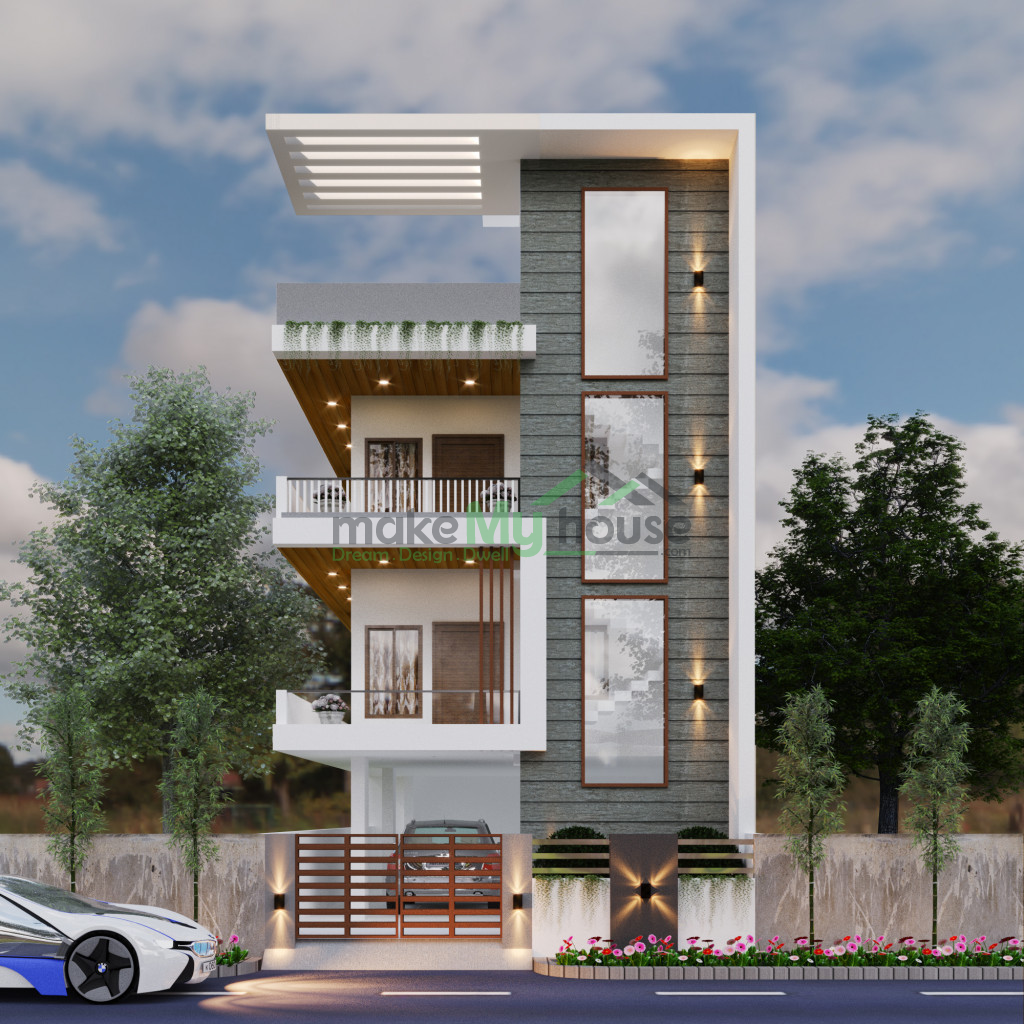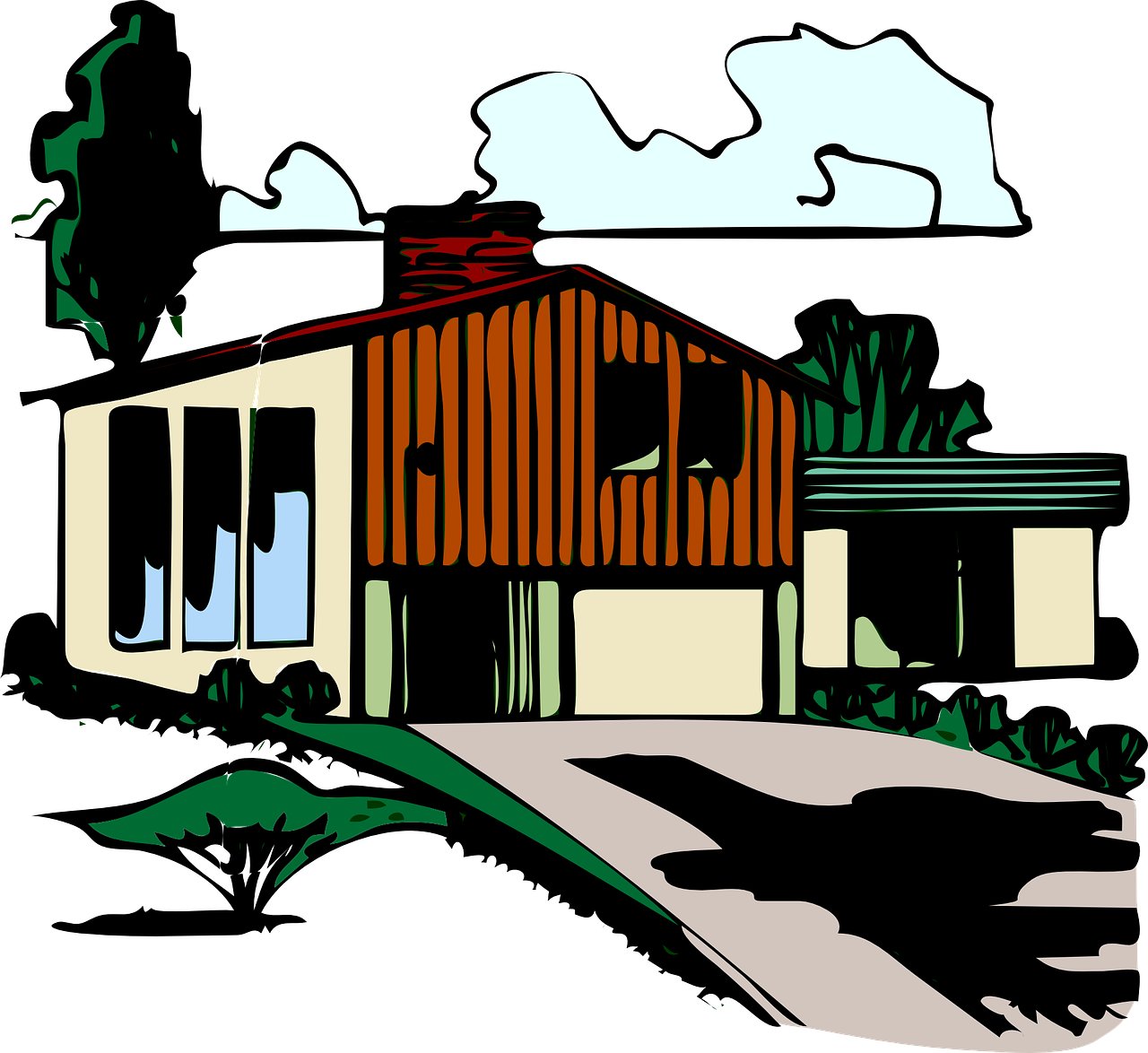Table Of Content

If you’re curious about buying versus building in your area, talk to local realtors or home builders about the housing market and the costs you might expect. When determining how much it would cost to build a house, consider the number of bedrooms you want to include. Every additional room in your floor plan will add to the home’s square footage, increasing the total price. The table below breaks down the typical square footage and average building cost of homes based on the number of bedrooms they have. The national average cost to build a house is about $329,000, not including land.
How Much Does It Cost to Build a House in 2023? - Credible
How Much Does It Cost to Build a House in 2023?.
Posted: Mon, 16 Oct 2023 20:05:52 GMT [source]
Labor

The plumbing, electrical, and HVAC systems likely need to be inspected once they’re in place. Check your local codes and talk with your build team to make sure you complete all required inspections. The type you need and the cost of an HVAC system depends in part on the climate where you’re building your home. In most cases, homes require a full conditioning system that cools or warms the home and contributes to ventilation. The frame of your home could account for up to 20% of build costs, with a national average of $80,280. Pouring the concrete for the foundation is a real milestone — and a major expense.
Install light fixtures, outlets, and switches
For example, if you have the time and skill to do the painting, you can save up to $10,000. These savings might let you splurge on granite countertops, solid wood kitchen cabinets, or an upscale appliance or two. In 2020, the National Association of Home Builders reported that the median lot price reached a record high of $53,000. The most expensive lots were in the New England region, where the median lot values reached $120,000, and the second-most expensive area was the Pacific region, with a median lot value of $103,000.
Step 18: Install electrical wires and panels
The labor costs vary relative to the size of your house, your geographic location, and your contractor's ability to find affordable subcontractors. Large custom-built homes have a higher labor cost than smaller modular homes. If you use an online cost-to-build-a-house calculator, you’ll notice that construction materials and labor combined account for about 90% of the typical budget. These broad categories can be broken down into many distinct categories to give you a better sense of where your money will go in a project. The remaining 10% covers minor cost factors like site preparation, interior and exterior finishes and optional add-ons such as a finished basement or outdoor spaces.
Instead, the most common financing option is to take out one of a variety of different types of construction loans. To obtain one of these loans, you’re typically required to have a high credit score and enough cash to make a down payment on the project. You may also be eligible to apply for certain federal construction loans.

Steps 8-14: Building the envelope
The sheathing is the large sheets of wood, oriented strand board, wafer board, or exterior gypsum that’s nailed to the frame. It’s recommended to use half-inch panels to give the structure more strength. Once the inspector gives the project the green light, next comes the framing. With the footings in place, your home will have either a slab foundation, a crawlspace, or a full basement poured or constructed. Footing drains will be constructed so that water drains away from the house and protects the drains from damage.
Home Building Geography Index (HBGI) NAHB - National Association of Home Builders
Home Building Geography Index (HBGI) NAHB.
Posted: Tue, 05 Mar 2024 08:00:00 GMT [source]
Once the foundation has cured, drains, sewer lines, water taps, and other plumbing that is needed on the first floor will be installed. Then, the contractors will fill in the trenches surrounding the foundation with excavated dirt. Before construction can begin, your contractor will contact your municipal office and discuss your plans. They’ll know what permits are necessary and they might already have a relationship with the municipality, which could help speed up the process. A custom home is where you have your own plot of land and hire a builder to build a house exactly the way you want it. On large lots, these properties are a great choice, but they cost more because of the increased footprint.
Permitting costs and inspections also add expenses to the process and are wrapped into the total price of the home by the builder. The following steps are required to get from contract to completion on your new California home. California also has extensive regulations for new construction to increase energy efficiency, such as a requirement for most newly built homes to have solar panels. In addition, all newly built homes in the state must meet net-zero standards, which means they produce as much energy as they use. To do this, homes need to be built with extra insulation and airtight construction as well as have highly energy-efficient appliances and systems. While building a home in this way reduces operating costs, it can increase the initial cost of construction.
You'll need to consider several factors beyond your typical construction costs. You need land for the property, and California has some of the most expensive land values. The state also has recent mandates stating that newly constructed homes must have solar panels. So, in total, expect a house to go from ‘breaking ground’ (the traditional start of a project where the trenches are dug for the foundations) to moving in over a period of six and 12 months.
Single-acre remote lots can sell for as little as $1,000, though the national average for a single-family home lot is $55,000. Every builder is different, but most will call you when any big issues or decisions come up. It’s a good idea to call or email your builder whenever you want to check on the status or have any questions. The walls get a final coat of paint or are wallpapered where applicable. The national average to wire a new home can be anywhere from $3,269–$6,084 for a 1,000-square-foot house. Often, site preparation and foundation work are performed by the same crew, but this may not be the case with a wooded lot.
Land prices vary widely in California from $50,000 to more than $1 million depending on the size and location of the lot, according to HomeAdvisor. The cost to build a house in California includes a wide range of prices because the state is so large and has a variety of housing markets. According to HomeAdvisor, building a house there typically runs from $194,500 to $580,500 with an overall average of $387,500. But depending on where you build your home and the size and style, you could pay from as little as $104,000 to more than $1 million.
These home styles run around $950,000 in California, although it’s common to see numbers above that range. Mediterranean-style homes complement the California coastline and offer a grandeur look. For instance, the average cost to install an asphalt shingle roof is $16,050, while the cost to install a metal roof is about $23,000. Then, you have higher-cost roofs, like ones made of tiles, which cost around $28,130.
No comments:
Post a Comment